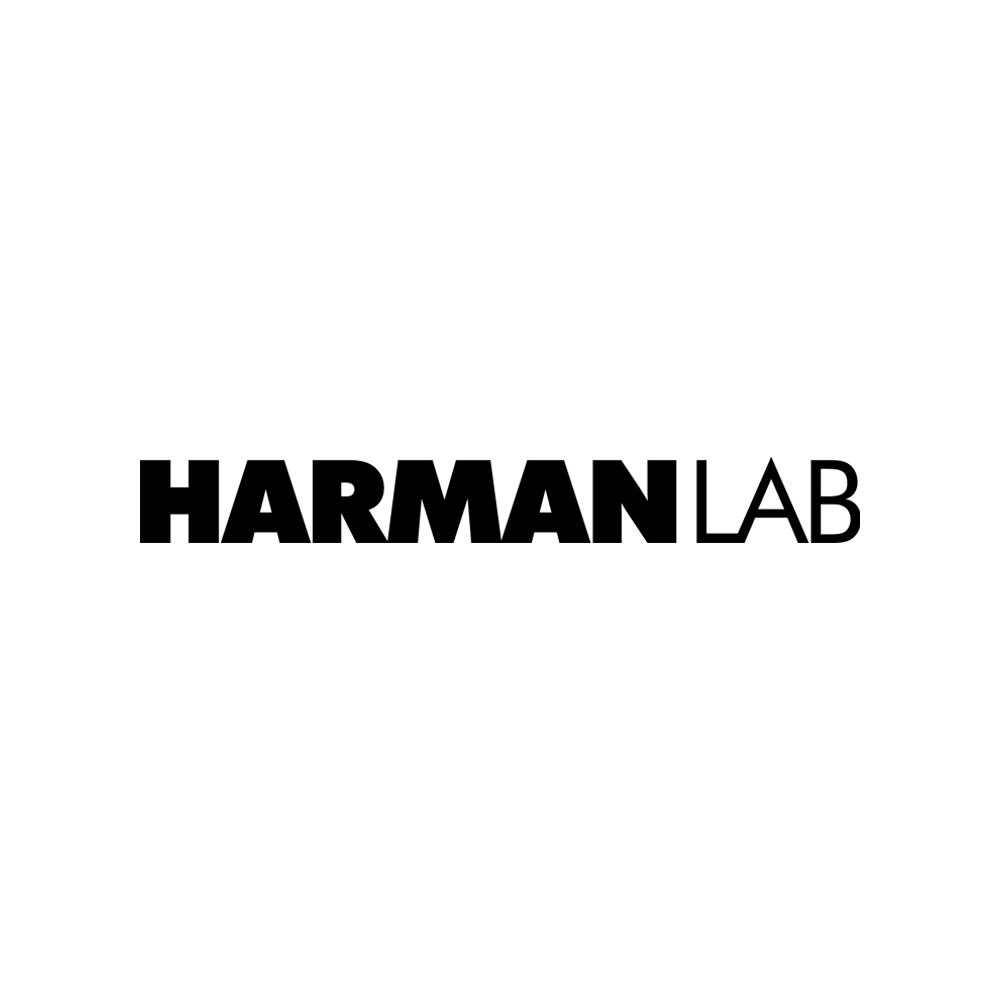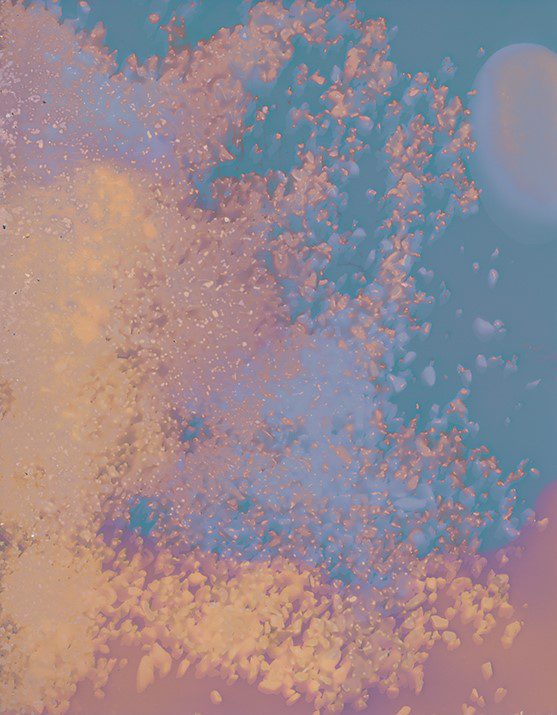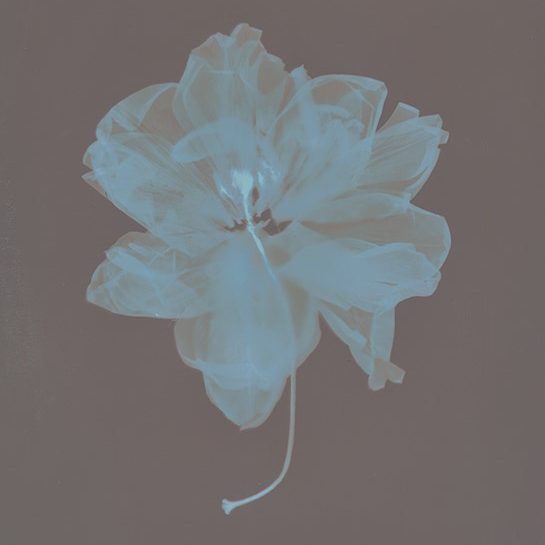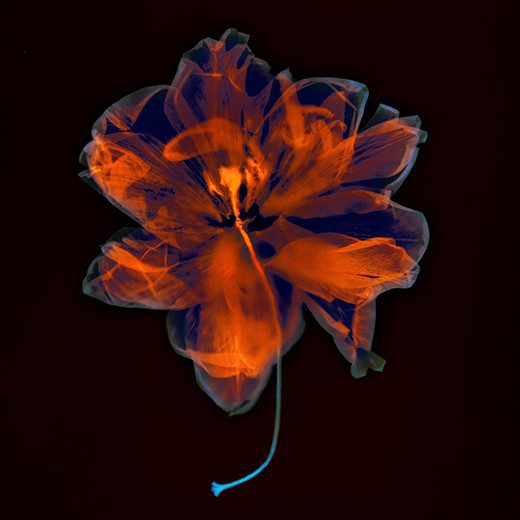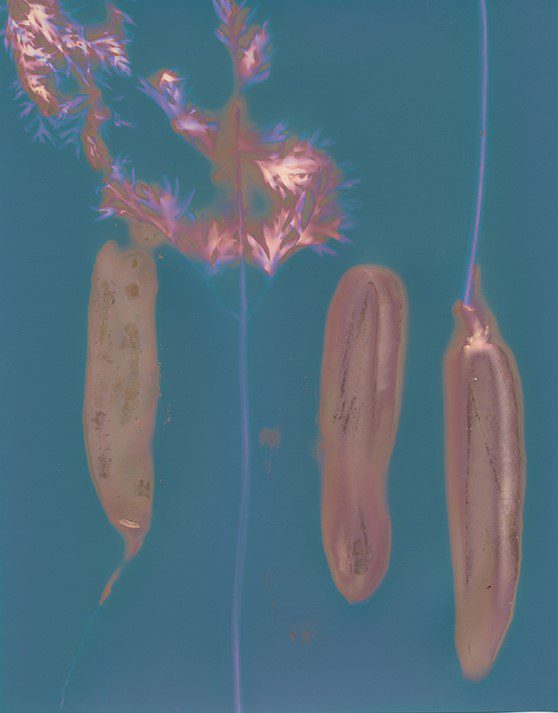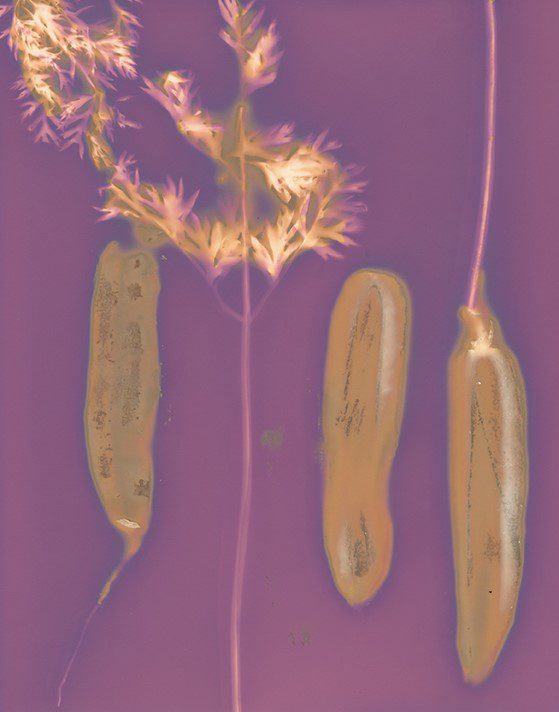Lumen and other camera-less prints with digital manipulation Posted On 4th March 2021 To Magazine & Alternate

Even when you have a love of film and traditional darkroom practices, there’s always room for alternative photo process experimentation as ecological photo-artist Josie Purcell knows well.
OVERVIEW
I am a photographer, but trying to explain that I specialise in photographic processes that may not include a camera has led me to describing myself a photographic artist.
My passion for photography began in secondary school. There was a darkroom in the art class, but it was never used; it acted like a beacon of intrigue to me. When asked by the school career advisor what job I wanted, my reply of “a war photographer, to show the world the futility of fighting” was met with a prompt “don’t be silly, think about getting a proper job”.
I may not have gone on to be a war photographer, but I did go on to study photography at college (way before the birth of digital) and can remember always being slightly terrified by (I think a lingering childhood fear of the dark fuelled this) but always drawn to the darkroom.
Following college, I had stints as a medical, portrait and commercial photographer. Working with square format and 5x4 film cameras was always when I was at my happiest. It was at this time that I became rather attached to Ilford films and papers.
As life went on, digital came and I made use of it easily, especially when I retrained as a journalist and ‘traditional’ photography began winding down. But I found myself involved with photography less and less. I’d say about 12 years went by without me really spending much time behind the lens, and certainly no time in a darkroom.
- Harena Now – an unfixed original created along the shoreline which is scanned and has a ‘fix mimicking’ digital manipulation end result.
Sharing the love
Then back in 2012, I just knew I had get back on the photography horse. And I knew I wanted to reinvigorate my love for more traditional photography techniques, and share it with others.
To do so, I set up ShutterPod. I still run it today on a part-time basis. Through this, I deliver workshops in alternative photography processes such as cyanotype, anthotype and instant film.
Then in 2016, I started an MA in Photography. This is where I knew I wanted to meld my love for our natural world with my love of photography.
- The Fallen – an unfixed original created with botanics with its scanned and ‘fix mimicking’ digital manipulation end result1
- The Fallen – an unfixed original created with botanics with its scanned and ‘fix mimicking’ digital manipulation end result
Sunroom instead of a darkroom
Much of my work is created outside now, not so often in a darkroom, but in a ‘sunroom’. And one of the processes I use most regularly in my personal photography practice is the lumen process.
Simply put, this technique employs (usually ‘expired’) black and white photo paper exposed to UV to create photograms from objects/negatives placed on top.
To create my work, you may find me along the shoreline burying the paper in the sand or in the woods creating botanical prints from nature’s debris.
My work is very often abstract in outcome, I find I need the freedom of working outdoors and a sense of less control is more suited to my style.
As most of my work is driven by a desire to raise awareness of environmental matters such as my Harena Now series about the global sand crisis or Elemental Eidos about the need for sustainable mining practices, I try to work in an environment considered fashion. But it’s also about the choices we make in the creation of our work - striking a balance.
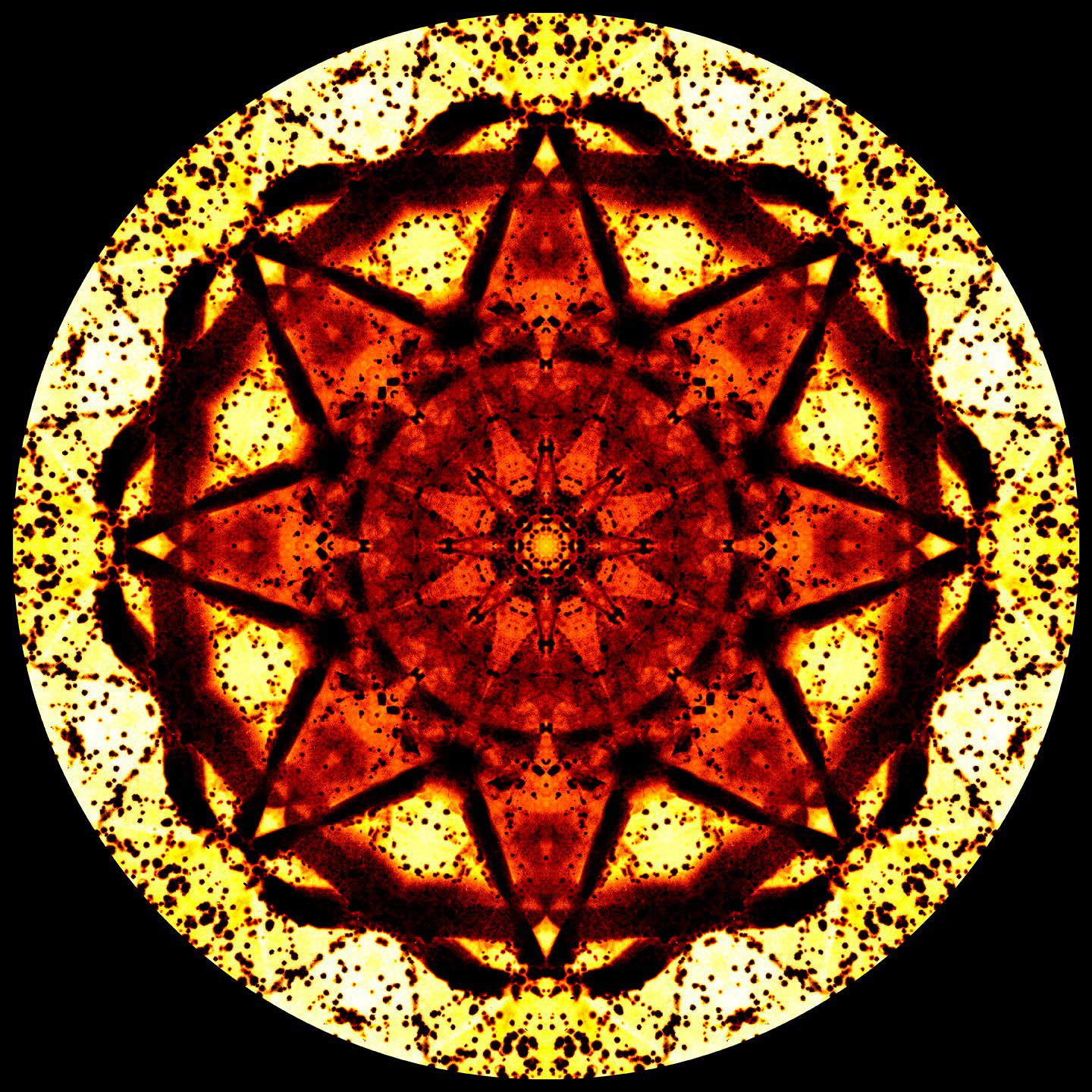
Elemental Eidos - an unfixed original using a negative with its scanned and ‘fix mimicking’ digital manipulation end result.
To fix or not?
You can use new or older Ilford papers for lumen printing, and most people will use fixer following exposure. This can dramatically alter the colour shifts. I now have a light tight bag of around 200 lumens that I have scanned instead; but one day I will head to a darkroom to enable them to come into the light.
My current project Part of the Patchwork looks at life on an allotment and questions land ownership. I’m employing lumen combined with instant films in this. Perhaps next I’ll return to 5x4 film cameras along with that trip to the darkroom.
I would say, if you don’t have a camera to hand, don’t despair. Invest in some Ilford black and white photo paper, or dig out that box that may be gathering dust, and give lumen printing a go. Different papers give differing results. My personal favourite is Ilford Fibre-based Multigrade Warmtone Semi-Matt.
- Carrots before fixing
- Carrots after fixing
Images ©Josie Purcell
About The Author

Josie Purcell
Follow Josie on social media at:-
My work has been exhibited across Europe, including the Contemporary Rome Art Award. More info at: https://www.josiepurcellphotography.com/about and portfolio at: https://www.josiepurcellphotography.com/
You can see a simple explanation of the lumen process at https://www.ilfordphoto.com/making-lumen-prints-an-isolation-project/
Darkroom access: https://localdarkroom.com/ or on the main ILFORD Photo site here
About
Josie’s creativity is driven by our place within the natural world and our connections to natural resources such as water, soil, and sand. She is intrigued by the vastness of space and our relationship with our sun, moon and stars, the potency of science, and the mystery of fables and folklore.
Her work is often rooted in abstract forms and she is fascinated by the psychology of aesthetics, with a particular interest in how non-documentary images provoke a response in the viewer.
Her coastal and rural surroundings are her artist’s palette. She can often be found making work in-situ near the ocean or by the rivers, fields and woodlands where she lives.
Predominantly using alternative photographic processes, Josie looks to create curiosity and spark conversation about diverse environments and the human impact on them.
She has been devising and implementing sustainable photographic techniques for some time to reduce the environmental impact of her photographic practice.
Ultimately, she aims to reconnect people to the natural world.
She is always keen to collaborate or respond to commissions.
Josie created Cornwall’s first/only alternative photography mobile darkroom, ShutterPod, in 2014. She continues to teach and hold workshops in techniques such as anthotype, cyanotype, and chemical-free lumen printing.
In September 2018, Josie gained a distinction in her MA in Photography via Falmouth University.



